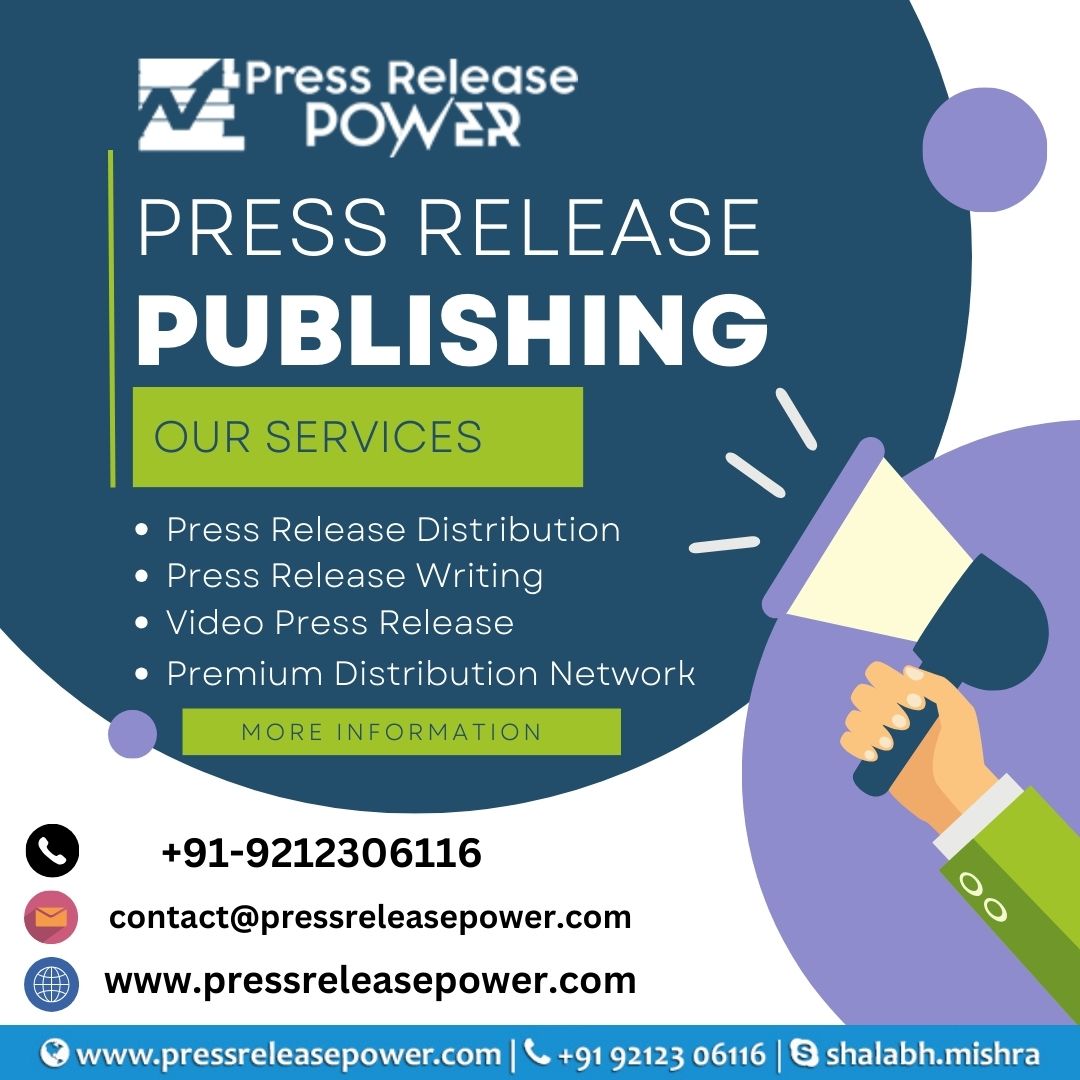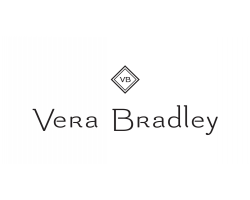Introduction
A press release format is a fantastic way to get your news and information noticed by journalists and news outlets. After all, they're the ones who decide whether or not to cover your story. They'll also judge your credibility based on how well you write - so it's important that you take time to craft an effective piece of PR copy!
A good title is most important. The headline is the first thing the reporter will see and should be short, fresh and stand out from the crowd.
The title of a media release is most important. It's the first thing that reporters see and should be short, fresh and stand out from the crowd. A good title will attract their attention and remind them what they're getting into by reading your release.
The words you choose can make or break your story. Avoid jargon or overly complex sentences; use an attention-grabbing intro; keep it concisive (300-400 words usually does the trick but it depends on your story).
Keep your message short and to-the-point.
Keep your message short and to-the-point. This is a basic rule of writing, but it’s especially important when you’re creating high-impact media releases. The inverted pyramid style (start with the most important information) helps keep your message focused on what matters most in the first few sentences. If possible, use bullet points for lists of facts or figures that will help readers understand how important they are—then move into more specific details as needed.
Use subheadings to break up text and make it easier for people who don't know much about your product or service yet still want to read about it!
Stick to one topic per release.
In the world of media releases, one topic per release is a cardinal rule. If you want to make an impact with your press release template, this is one thing that will help ensure that happens.
This doesn't mean you can't include other topics in addition to the one main point of your release—you just need to be very mindful of how much information is being presented on each topic. If there are too many tangents or if it's difficult for readers to follow along due to too much context (i.e., multiple mentions of "company X" throughout), then either cut back on these details or move them over into their own article so they don't clutter up what should be an easy-to-read piece about something else entirely!
Don't try and do too much at once; instead focus on what works best for each medium: print newspapers may need more detail than websites do because they're looking for lots more text from writers who will hopefully provide quality content at lower costs; but blogs tend not only require less writing but also give writers more freedom and flexibility when crafting an article."
Use an attention-grabbing intro.
The first sentence of your media release should be attention-grabbing. The goal is to get people reading further, so you want them to stop and take notice right off the bat. You can accomplish this by using a catchy or unusual title for your release, or by including some sort of hook in the opening paragraph that makes it stand out from other releases on the same topic (or even others within its category). For example: "New York City has more than one million taxi cabs?" might be more eye-catching than "The number of taxis in New York City increased by 700 percent over three years."
If possible, include quotes from experts who are familiar with your research topic—this will make it seem like an authoritative source rather than just another fluffy article about something similar that someone else wrote about earlier today.*
Remember who you're writing for (and why).
When you're writing a media release, it's important to remember that your audience is more than just people in the newsroom. They're also your prospects and customers—and they're going to be reading it! So make sure you include them in the conversation by remembering who you're writing for (and why). This can be done through surveys or research on specific demographics or interests.
Include relevant facts, figures and quotes to support your story.
Include relevant facts and figures to support your story. If you are writing a media release about the launch of a new product, for instance, you would want to include statistics that show how popular it has been with customers and potential customers. Quotes from those who have tried the product can also be useful in supporting your claims. For example, if you're writing about how popular your product is with women aged 50+, then quotes might include quotes from their friends or families who have tried it themselves (in order to demonstrate its effectiveness). You should also try not to overdo it when including quotes; too many can make your piece look like promotional copy rather than an actual news piece!
Ensure it's error-free (grammar, spelling and any other errors).
The last thing you want to do is send an error-filled release. It can be frustrating, but if you're serious about getting your message out there, this is one of the most important things to check before sending it off.
Spellcheck: This is a simple enough step that most people overlook—but it's worth doing! If there are any misspelled words or incorrect punctuation in your piece of writing, they will show up as red flags for any potential readers who may stumble upon them during their research process. Even if they're not glaringly obvious at first glance (e.g., "Physics" instead of "physics"), these won't go unnoticed by anyone looking at the text closely enough.* Read it out loud: Reading through something without hearing how spoken aloud differs from reading silently can make all kinds of mistakes stand out even more clearly than when reading alone does! Plus having someone else listen for grammatical errors helps give perspective about whether certain phrases sound correct or not.* Have another pair of eyes check: Nothing beats having another pair of eyes look over what you've written so far before sending anything off into cyberspace where it could potentially cause harm if misused by some other person who doesn't know better than to read something with typos included in it!
Use a professional tone of voice that fits the publication's style guide.
A media release is a formal document that's meant to be read by the general public. This means it should be written in a tone of voice that matches the publication you're sending it to, as well as being consistent with their style guide and other guidelines.
If you are writing a media release for an online publication, use professional language such as "thoughtful," "well-researched," or "meticulous." If writing one for print publications like newspapers or magazines, use words such as "accurate" and avoid slang like "cool" or "awesome." Also avoid jargon, which can make your message sound less credible than if it were written by someone who speaks clearly and professionally (such as yourself!).
Avoid jargon or overly complex sentences.
You want to make sure that your message is clear and concise. If you're writing a media release, this means:
Avoid jargon or overly complex sentences. Complex language can be confusing to the reader and take them out of context.
Write in simple language. Use short sentences, simple words and active verbs whenever possible (e.g., “we will be happy” instead of “we will be satisfied”).
Make sure your sentences make sense by checking them twice before sending them off! It's also helpful if you have someone else read through your draft so they can point out any errors before sending off the final copy - this way you don't have time wasted on correcting something which wasn't meant as an error at all!
Give further details about the key participants in your story - their names, their roles and a bit about their background (what's relevant to this story).
Giving further details about the key participants in your story - their names, their roles and a bit about their background (what's relevant to this story).
You can also include additional information on the release by including more details about yourself, the reporter or photographer who conducted the interview, or any other relevant facts that may be helpful for readers.
Keep it concisive (300-400 words usually does the trick but it depends on your story). Scroll down to read our guide on how long a press release should be.
The length of your media release should be based on the story you are telling. If it's a simple story, like a restaurant opening or an award ceremony, then 300-400 words is usually enough. But if your news release example is more complex than that, then make sure to stick with about 500 words for maximum impact.
The shorter the release gets, the more concise it needs to be—and this doesn't mean less information! It means fewer sentences and paragraphs packed into one document; fewer details in each sentence; fewer words overall (less wordy!).
A press release is a fantastic way to get your news noticed by journalists and news outlets - but only if it's done right. In this article we give you all the tools you need to write an effective piece of PR copy that people will actually want to read!
A media release example is a fantastic way to get your news noticed by journalists and news outlets - but only if it's done right. In this article we give you all the tools you need to write an effective piece of PR copy that people will actually want to read!
The first thing to do is write a good title. You should aim for something catchy, but not too long so as not to cause problems with Google search results or newsprint. Also try not using any words that sound like they've been taken directly from Google AdWords (unless they are). For example: "Our new marketing strategy has helped us increase sales by 50%!" This might be fine if your company sells hammers, but if they sell car parts then it probably won't work very well at all!
Conclusion
We hope we've given you all the tools you need to write an effective piece of PR copy that people will actually want to read! If you need any help or advice, please feel free to get in touch. We're here for you.










 English (US) ·
English (US) ·